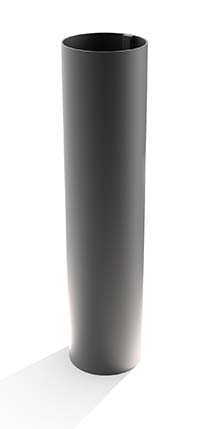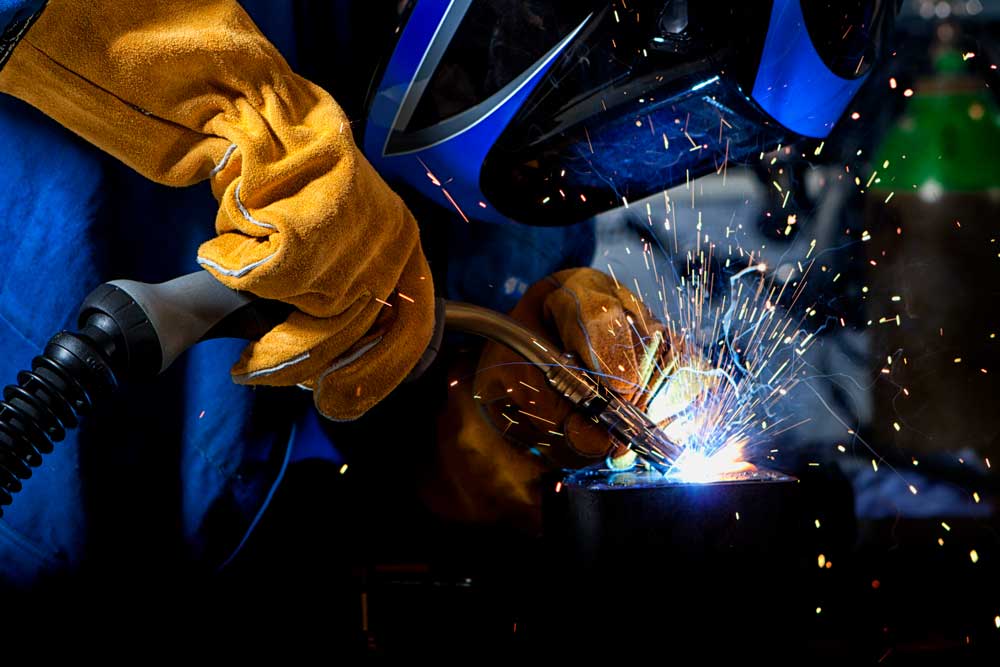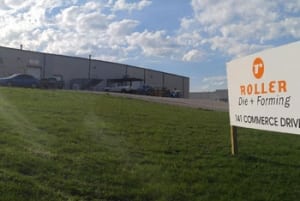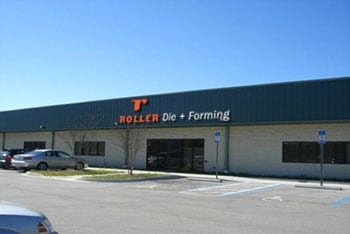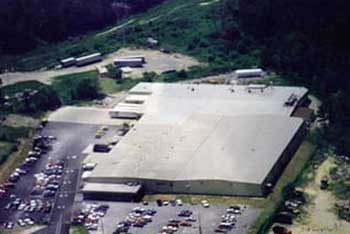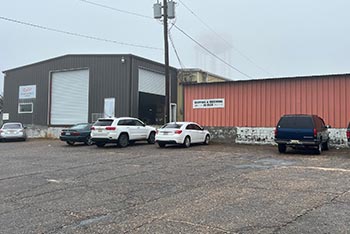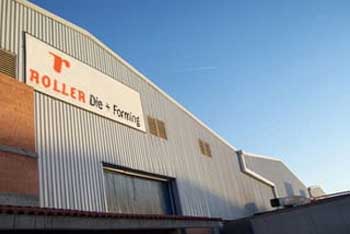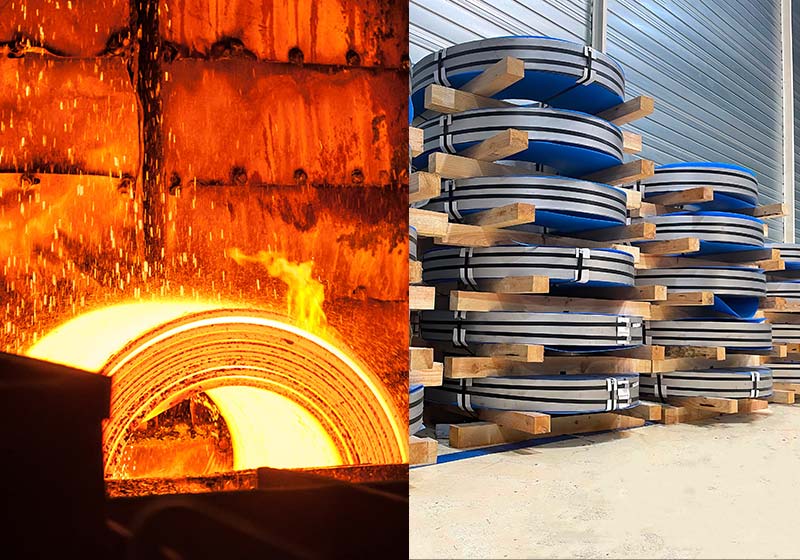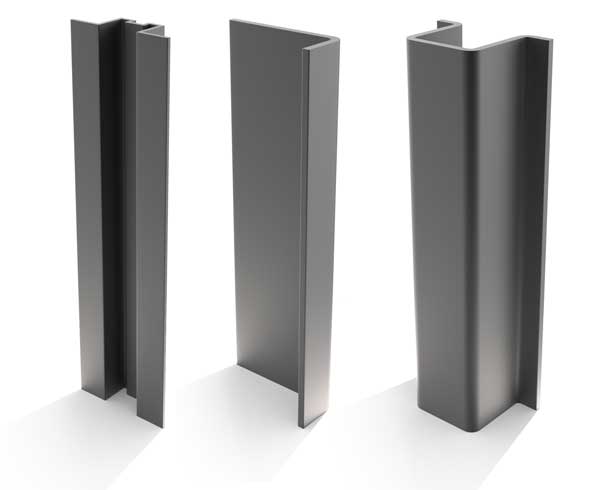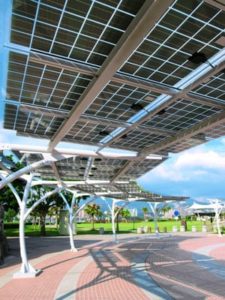As a roll forming manufacturer, choosing the proper raw materials is crucial to producing high-quality products. One of the most important decisions in this regard is whether to use hot rolled steel or cold rolled steel. Although both types of steel are widely used in the manufacturing industry, they have significant differences that can affect the outcome of roll forming processes. In this blog post, we’ll explore these differences and explain how they impact roll forming.
What is Hot Rolled Steel?
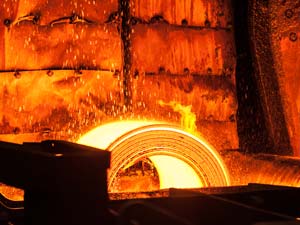
The production process for hot rolled steel is relatively simple and straightforward, which makes it less expensive than cold rolled steel. However, because the steel is not processed further after rolling, it may have a higher carbon content and other impurities that can affect its strength and durability.
Hot rolled steel is commonly used in applications where dimensional tolerances and surface finish are not critical factors. These include structural components, like channels, U channels, J channels, C channels, and angles, as well as sheet metal and plate.
What is Cold Rolled Steel?
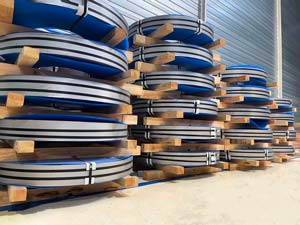
To achieve these characteristics, cold rolled steel undergoes several additional steps after initial rolling, including annealing, which involves heating the steel to a specific temperature and then cooling it slowly. This process improves the steel’s strength, hardness, and ductility while reducing its brittleness and susceptibility to cracking.
Cold rolled steel is typically more expensive than hot rolled steel due to the additional processing steps involved. However, it is often preferred for applications where precision and high-quality surface finish are critical factors. Examples include automotive components, appliances, and electronics.
Impact of Differences on Roll Forming
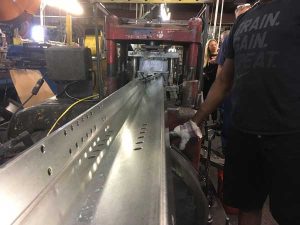
Hot rolled steel’s rough surface finish can make it more difficult to achieve precise bends and shapes during the roll forming process. This can lead to variations in the final product and require additional processing steps to achieve the desired results.
Cold rolled steel’s smooth surface finish and precise dimensional tolerances make it easier to achieve accurate, repeatable bends and shapes during roll forming. This can result in a higher-quality product with fewer defects and less waste.
Recent Developments in the Industry
In recent years, advancements in technology and processing techniques have made it possible to produce hot rolled steel with improved surface finish and dimensional tolerances. This has led to increased use of hot rolled steel in applications where precision and high-quality surface finish are important factors.
Additionally, some manufacturers have begun using a combination of both hot rolled steel and cold rolled steel in their roll forming processes. This allows them to take advantage of the benefits of each type of steel while mitigating the drawbacks.
One of the major differences between hot rolled steel and cold rolled steel lies in the production process. Hot rolled steel is produced by heating the steel above its recrystallization temperature, which is around 1700°F, and then passing it through a series of rollers to achieve the desired thickness. The process results in a material that has a rough surface finish and a slightly rounded edge.
On the other hand, cold rolled steel is produced by rolling steel at room temperature or below. Before being rolled, the steel is first pickled and cleaned to remove any surface impurities. The cold rolling process itself involves passing the steel through rollers under high pressure, which results in a material with a smooth surface finish, sharp edges, and precise dimensional tolerances.
One of the major advantages of cold rolled steel over hot rolled steel is its surface finish and dimensional tolerances. Because cold rolled steel is produced at or near room temperature, there is less opportunity for the material to warp, twist, or bow during production. This results in a material that has precise dimensional tolerances and a smooth surface finish, making it ideal for applications where precision and high-quality surface finish are critical factors.
Another advantage of cold rolled steel is its improved strength and hardness compared to hot rolled steel. Because the material is subjected to additional processing steps such as annealing, it has improved properties such as increased hardness, strength, and ductility. This makes it ideal for applications where strength and durability are important factors.
However, one drawback of cold rolled steel is its cost. Because of the additional processing steps involved in production, cold rolled steel is typically more expensive than hot rolled steel. Additionally, because it is harder and more brittle than hot rolled steel, cold rolled steel may be more difficult to work with, requiring specialized equipment and expertise.
On the other hand, hot rolled steel is less expensive to produce because it does not undergo the same additional processing steps as cold rolled steel. This makes it an attractive option for manufacturers who are looking to reduce costs while still producing high-quality products. However, the trade-off is that hot rolled steel may have a rougher surface finish and less precise dimensional tolerances compared to cold rolled steel.
Historical Context of Hot Rolled Steel and Cold Rolled Steel
The history of hot rolled steel vs. cold rolled steel dates back to the early days of the industrial revolution. In the mid-19th century, steel production began to gain momentum as new technologies and processes were developed to make the material more affordable and accessible.
Hot rolling was the first method used to produce steel, as it was a simpler and more cost-effective process compared to cold rolling. Early hot rolled steel was primarily used for structural components such as bridges, buildings, and railroads. As the demand for steel grew, so too did the need for a more precise and higher-quality product.
Cold rolling was developed in response to this need, allowing manufacturers to produce steel with improved surface finish, dimensional tolerances, and mechanical properties. The introduction of cold rolled steel led to a significant increase in the use of steel in various industries, from automotive and aerospace to construction and electronics.
Over time, advancements in technology and processing techniques have allowed for the production of both hot rolled steel and cold rolled steel with improved characteristics. Today, both types of steel play a vital role in the global manufacturing industry, each offering its own unique set of advantages and drawbacks depending on the specific application.
Applications of Hot Rolled Steel and Cold Rolled Steel in the Manufacturing Industry
In the manufacturing industry, both hot rolled steel and cold rolled steel are used for a wide range of applications. The choice between the two types of steel depends on factors such as the desired properties of the final product, the production process, and the cost considerations.
Hot rolled steel is commonly used in applications where dimensional tolerances and surface finish are not critical factors. These include:
- Structural components: Hot rolled steel is often used for structural components such as angles, U channels, J channels, C channels, and angles. Its relatively low cost and ease of production make it a popular choice for these types of applications.
- Sheet metal and plate: Due to its rough surface finish and slightly rounded edges, hot rolled steel is well-suited for sheet metal and plate manufacturing.
- Construction industry: In the construction industry, hot rolled steel is commonly used for reinforcing bars (rebar) and other structural elements.
Cold rolled steel, on the other hand, is often preferred for applications where precision and high-quality surface finish are critical factors. Some examples include:
- Automotive components: Cold rolled steel is widely used in the automotive industry for parts such as body panels, door frames, and suspension components. Its precise dimensional tolerances and smooth surface finish make it ideal for these types of applications.
- Appliances: In the appliance industry, cold rolled steel is used for components such as refrigerator doors, washing machine drums, and microwave oven casings.
- Electronics: Cold rolled steel is also used in the electronics industry for applications such as computer chassis, server racks, and electrical enclosures.
Choosing the Right Type of Steel for Your Roll Forming Process
When selecting the appropriate type of steel for your roll forming process, it’s essential to consider factors such as cost, production requirements, and the desired properties of the final product. By understanding the differences between hot rolled steel and cold rolled steel and their impact on the roll forming process, manufacturers can make informed decisions and achieve the best possible results.
In conclusion, hot rolled steel vs. cold rolled steel are two types of steel used in manufacturing industries globally. Although they share some similarities, they differ in many aspects, especially in their production process, surface finish, and dimensional tolerances. The differences between the two types of steel can impact the quality and consistency of the final product produced by the roll forming process.
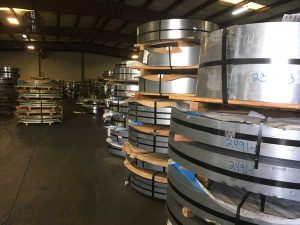
Ultimately, the choice between hot rolled steel and cold rolled steel will depend on the unique requirements of your manufacturing process and the specific application for which the steel will be used. By carefully evaluating the pros and cons of each type of steel, you can make an informed decision that will lead to a successful roll forming process and a high-quality final product.
I hope we have been able to show you the primary differences of hot rolled steel vs. cold rolled steel.

